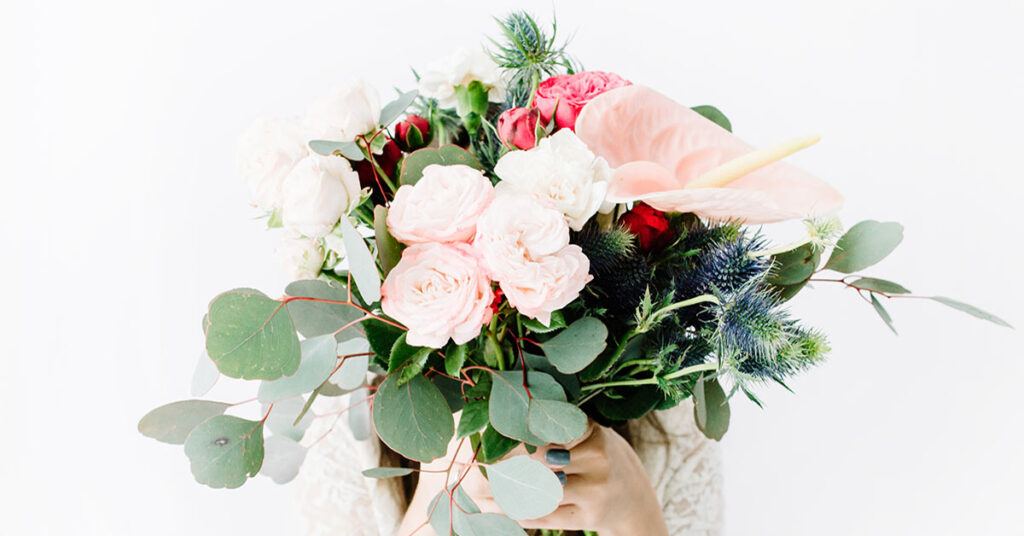Even if the language of flowers has been used in many cultures, from Europe to East Asia, it’s the extensive victorian symbolism that captures the attention of many around the world to this day. Learning the language of flowers was considered a respectable hobby, in the same vein as drawing or cross-stitching. It was used to send subtle message that could not be said out loud.
The many works of literature
The fascination with flower symbolism was much more prevalent in the 19th century, and from it came hundreds of literary works, detailing the various meanings of plants and flowers. First of all, Le langage des fleurs (1819) was published in France, and brought inspiration to douzens of authors. One of the last works of this era to be published was The Language of Flowers, in 1884 in England.
The bouquet’s significance
The flowers were very important, yes, but so was the way the bouquet was presented. For example, if the bouquet was given upside-down, the opposite of the flowers’ traditional symbolism was meant. Moreover, if the ribbon was tied to the left, the message was applied to the recipient. If the ribbon was tied to the right, it applied to the giver.
A Few Examples
Here are a couple examples of bouquets that have a particular significance:
1. Forgive my foolishness and thank you for your understanding. I am happy to have you as a friedn for a very long time.
– Arbovitae = unchanging friendship
– Bluebell = humility
– Comlumbine = foolishness
– Hydrangea = gratitude for being understood
– Ivy = friendship and affection
With courage, I declare my undying love.
– Thyme = courage, strength
– Red Camelia = You are a flame in my heart
– Red Carnation = Alas for my heart, my heart aches
– Red Chrysanthemum = I love you
– Edelweiss = courage, devotion
– Red Tulip = passion, love confession
You are in danger because of your political alliances, be careful with your words.
– Begonia = Be careful
– Belladonna = Silence
– Nasturtium = Patriotism
– Rhododendron = Danger
– Violet = Vigilance
I’m thinking of you, I will come back soon to see you. Please think of me too.
– Pink Carnation = I will never forget you
– Chamomille = Patience
– White clover = Think of me
– Forget-me-not = Don’t forget me
– Morning-glory = affection
– Blue salvia = I’m thinking of you
– Zinnia = thought to absent friends, durable friendships
Hundreds of other combinations are possible, and can send messages that are as specific or subtle as you could possibly wish!
The world of the victorian language of flowers is fascinating, even if many meanings changed greatly over the years. For example, the yellow rose symbolised jealousy, whereas nowadays, it is a perfect symbol of freindship and familial affection.



